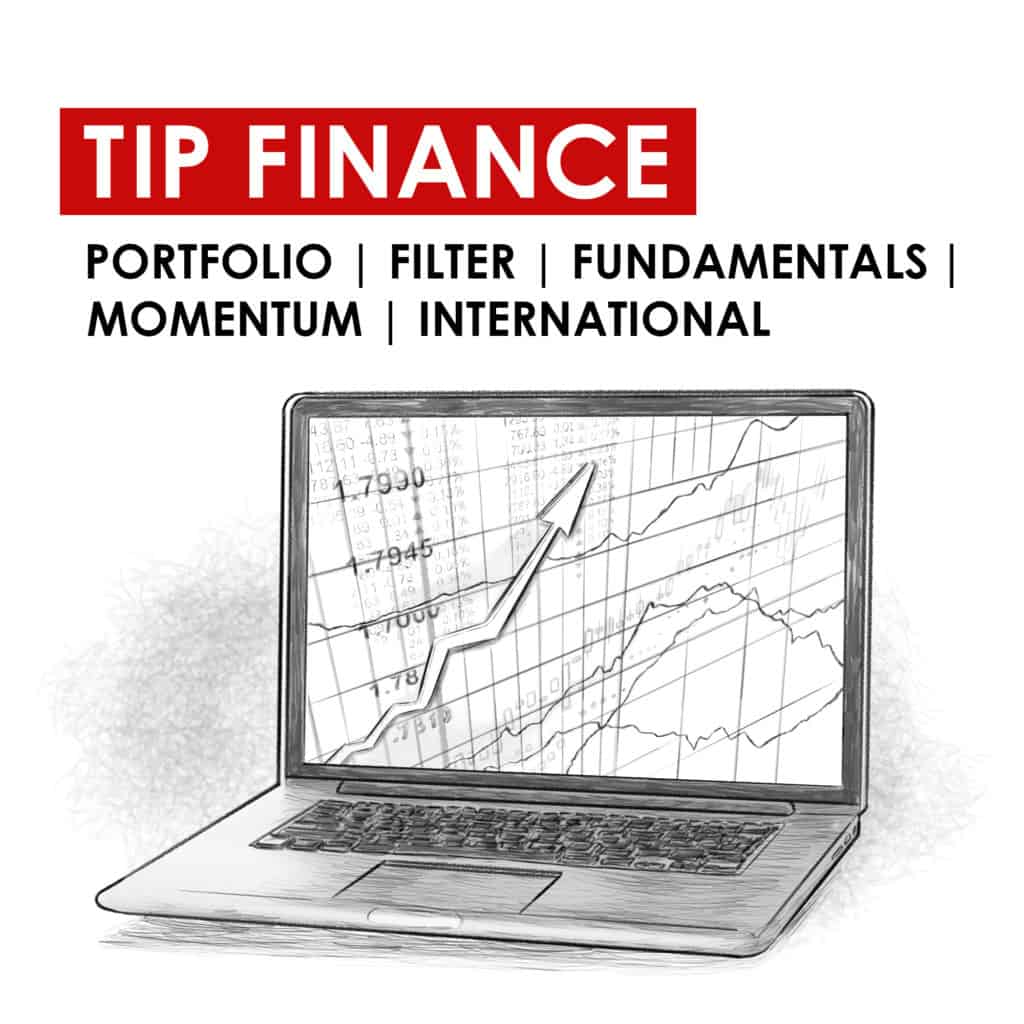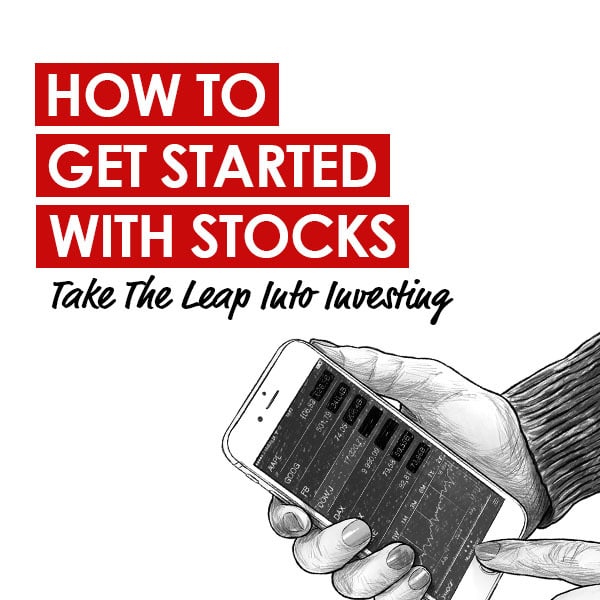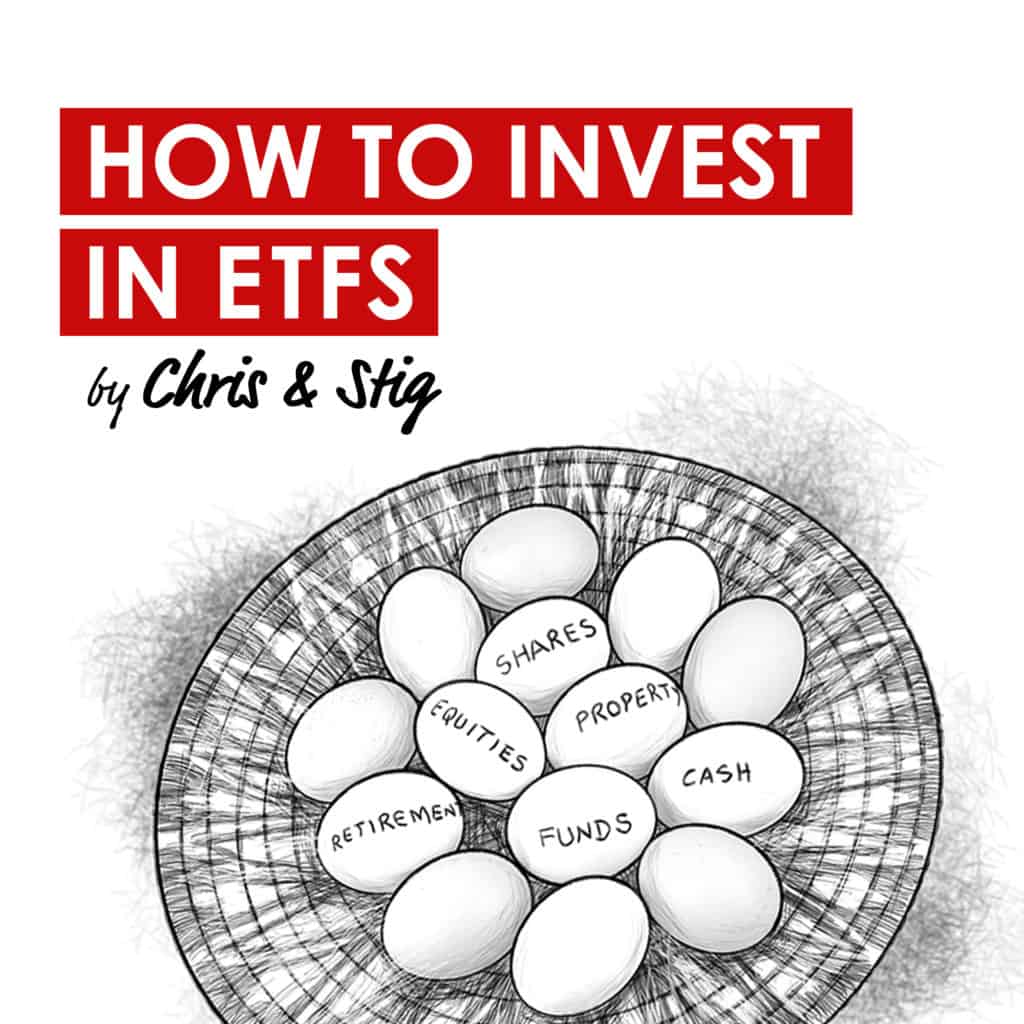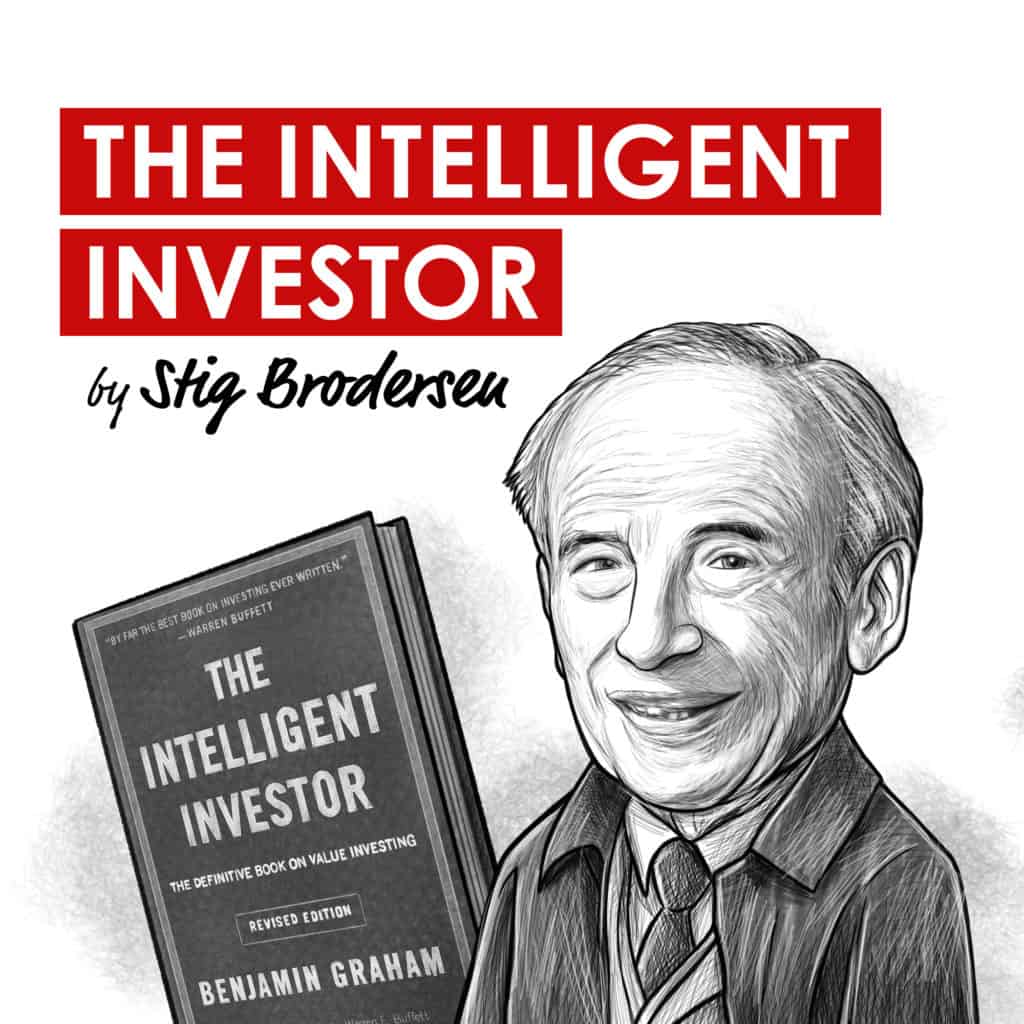Bubble 3.0
01 November 2022
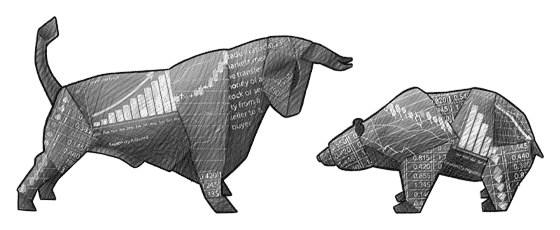
Hi, The Investor’s Podcast Network Community!
🎄 Well, it’s November, and there are only 54 days until Christmas.
That means you have roughly 30 days until Mariah Carey’s song All I Want For Christmas Is You takes over the world, and even less than that before Black Friday deals commence.
Ready for the holiday season?
By the way, if you’re new (or a frequent reader), scroll down to the bottom of this email and share your unique referral code with friends, family, co-workers, and anyone really.
We’ll send you a $10 Amazon gift card if you get five people to sign up. For 25, we’ll make it a $40 gift card, and at 50, we’ll send you a cool branded T-shirt 😎
Here’s the market rundown:
*All prices as of market close at 4pm EST
Today, we’ll discuss two items in the news: Biden’s warning to oil companies about profiting from higher energy prices and whether the return of meme stocks may be a good thing for markets, plus our main story on why we may (still) be in the biggest financial bubble in a century.
All this, and more, in just 5 minutes to read.
Understand the financial markets
in just a few minutes.
Get the daily email that makes understanding the financial markets
easy and enjoyable, for free.
IN THE NEWS
⛽ Biden Warns Oil Firms Of “Windfall” Tax On Their Profits (Bloomberg)
Explained:
- President Joe Biden warned that oil companies earning significant profits without reinvesting in production will face higher taxes as punishment, saying: “The oil industry has not met its commitment to invest in America and support the American people.”
- Since higher oil prices are largely attributed to Russia’s war in Ukraine, these firms are seen as benefiting from the war at Americans’ expense.
- But, according to critics of the proposal, higher taxes are more likely to discourage oil and gas companies from investing in their businesses.
Why it matters:
- While the optics aren’t good, these companies have been largely unprofitable and attacked for their carbon emissions for over a decade. So, it’s not surprising that many oil companies would rather return profits from existing operations to shareholders than invest in additional fossil fuel output which takes years to plan and implement.
- Such a windfall tax on the industry would be nearly impossible to deliver, especially if Democrats lose Congressional seats in next week’s mid-term elections as is expected.
- Similar taxes, though, have been imposed in Europe and India to subsidize soaring energy bills for households.
🎮 Could Meme Stocks Indicate Risk Appetites Are Returning? (Reuters)
Explained:
- Stocks hi-jacked by speculative investors fervently betting on their prices became known last year as “meme stocks,” and the phenomenon first associated with Gamestop’s (GME) meteoric rise reared its head again recently.
- Getty Images (GETY), which returned to public markets in 2021 after merging with a SPAC, soared 35%, while the bankrupt firm Revlon Inc (REVRQ) saw its shares suddenly rally, and the Canadian cannabis company Tilray (TLRY) also jumped 12.1%.
- Of late, retail investors have sent a rolling average of about $1.4 billion a day into U.S. equities, and some analysts like Vanda Research expect that to increase.
Why it matters:
- Chief investment strategist at the Leuthold Group, Jim Paulsen, said: “Ever since the October lows you’re seeing signs that perhaps investors are getting more optimistic and the tide has fully washed out.”
- Broad indexes like the S&P 500 have rallied about 8% from their lows this month, but the Nasdaq Composite, home to many speculative tech and meme stocks, is still down 30% for the year. This reflects that appetites for higher-risk bets haven’t returned at scale yet.
BROUGHT TO YOU BY
Inflation keeping you up at night?
Sleep well tonight by knowing you invest in one of the best inflation hedges there is — real estate. Learn more at PassiveInvesting.com.
THE MAIN STORY: BUBBLE 3.0

Could we be in the middle of the greatest financial bubble ever?
According to David Hay, Chief Investment Officer of Evergreen Capital, we are, and he calls it, “Bubble 3.0.” He spoke with our own Rebecca Hotsko of Millennial Investing on understanding how we got here and how to protect yourself from the potential fallout.
We really enjoyed Rebecca’s interview with David.
Let’s dive in.
The Bubbles
David explains that Bubble 1.0 was the dot-com bubble in the late 90s, which was the first spectacular bubble since The Great Depression of 1929.
The housing collapse in 2008 was Bubble 2.0, and Hay believes we are now in the middle of the biggest bubble in recorded history.
He puts the blame almost entirely on the Federal Reserve and its easy money policies.
Bubble 3.0 hit peak insanity last year, as evidenced by the SPACs, NFT, and crypto craze, and meme stocks going to the stratosphere.
Modern Monetary Theory
According to Hay, we are now at the culmination of 20 years of misguided Fed policies. The main culprit is the implementation of Modern Monetary Theory (MMT), espoused by academics like Stephanie Kelton.
MMT postulates that in an era of stagnant economic growth, the US government can spend money without budgetary restraints, since the dollar is the world’s reserve currency.
According to Kelton’s theory, governments can never run out of money the way people or businesses can and can never default on their debt since they control the power of the printing press.
When Covid hit, MMT became Quantitative Easing (QE) on steroids, said Hay, though QE generally stays within the financial system and leaks into real estate and the stock market. Institutions and, typically, more well-off investors who can afford to invest meaningfully in risk assets, benefit from QE.
But with MMT, payments are made directly to the consumer by the Treasury (stimulus checks, anyone?) and subsidized by the central bank.
During this time, the money supply increased by 40% over a year and a half. This was an unprecedented expansion, and many economists, along with Fed Chairman Jerome Powell, said we wouldn’t get inflation from MMT, and if we did, it would be transitory.
As we know, those words have come back to haunt him.
Housing Outlook
While nominal GDP grew from the Fed’s actions, the excess liquidity funneled into asset classes across the board and pushed prices much higher. Housing values skyrocketed due to extremely low-interest rates, or, in some cases, negative interest rates.
In Denmark, Hay said, people were being paid by the banks to own homes. This low interest rate environment has created a massive housing bubble that is in the process of popping worldwide.
Fortunately for Americans, the U.S.housing market is in better shape than other parts of the world. Many U.S. homeowners locked in low 30-year fixed rates, and while the recent rise in rates is crushing new home sales and sales of existing homes, this doesn’t hurt most current homeowners.
In most parts of the world, though, homeowners have adjustable-rate mortgages. Once those begin to reset at higher rates, Hay foresees serious issues with people’s ability to meet their increased payments at the same time that energy and food costs are rising.
Wealth Wipeout
With rates rising, there’s a tremendous amount of pain in the bond markets, too.
Typically, a bear market in stocks would see bonds counterbalance the negative performance, but in today’s market, both stocks and bonds are experiencing negative returns.
Add in the $2 trillion of value that has vanished in the cryptocurrency market along with declining real estate values, and we can see why he calls the situation “Bubble 3.0.”
What’s Next?
Hay believes the investing playbook that worked for the last 40 years needs to be thrown out.
He feels investors should look to non-U.S. equities, energy stocks, and hard assets to generate decent returns in the coming years.
He adds that big tech stocks are unlikely to produce the returns that investors have grown accustomed to.
With rising yields on bonds, Hay mentioned younger investors might also want to consider dipping their toes into bonds through ETFs that yield between 6% and 8%.
Hay feels there is more pain ahead and investors should keep cash reserves on hand to take advantage of large dips in high-quality stocks.
And we certainly don’t disagree with that. During bear markets, and especially after major bubbles burst, having extra cash to go bargain hunting is never a bad thing.
Dive Deeper
There is much more to Rebecca’s interview with David Hay that we couldn’t cover, and it’s well worth listening to their discussion on how to position yourself amidst Bubble 3.0.
For more on this topic, check out Jeremy Grantham’s interview on We Study Billionaires about navigating this financial bubble.
SEE YOU NEXT TIME!
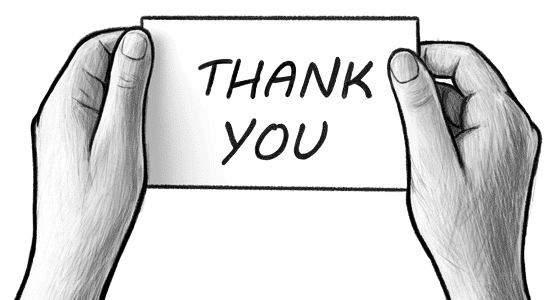
That’s it for today on We Study Markets!
See you later!
If you enjoyed the newsletter, keep an eye on your inbox for them on weekdays around 6pm EST, and if you have any feedback or topics you’d like us to discuss, simply respond to this email.








